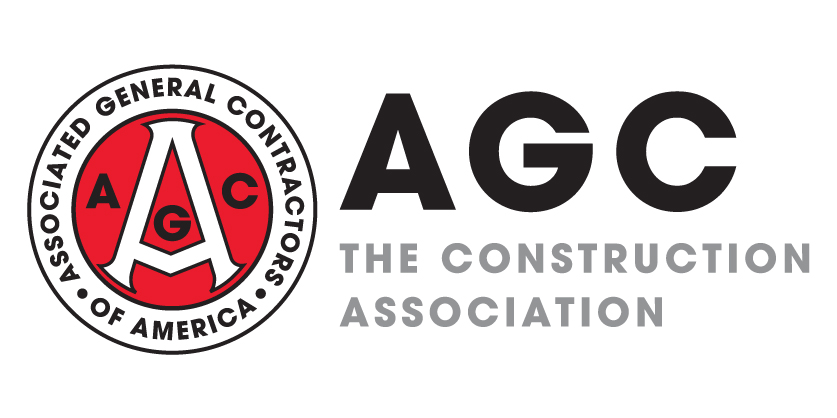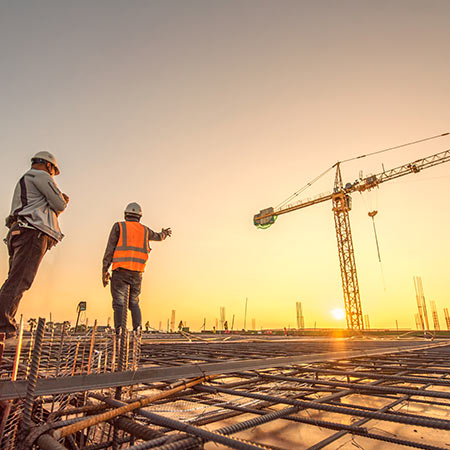
Construction spending totaled $1.324 trillion at a seasonally adjusted annual rate in November, up 0.6% from the upwardly revised October rate and up 4.1% year-over-year (y/y) from November 2018, the Census Bureau reported today. The year-to-date total for January-November combined was 0.8% lower than in the same months of 2018. Private residential spending increased 1.9% for the month and 2.7% y/y. New single-family construction climbed for the fifth consecutive month, by 1.2% from October to November, but dipped 0.3% y/y. New multifamily construction sank was flat for the month and down 3.9% y/y. Residential improvements jumped 3.4% for the month and 9.7% y/y. Private nonresidential spending declined 1.2% from October but edged up 0.2% y /y. Of the four largest components, power gained 4.3% y/y (comprising electric power, up 2.1%, and oil and gas pipelines and field structures, up 12%); commercial, -4.8% (comprising retail, -14%, and warehouse, 4.2%); manufacturing, 2.1%; and office, 6.5%. Public construction rose 0.9% for the month and 12% y/y, with double-digit y/y gains in most segments. The three largest public segments all had y/y increases: highway and street construction, 7.6%; education construction, 13%; and transportation (air, transit, rail and port) construction, 12%.
Construction employment, not seasonally adjusted, increased between November 2018 and November 2019 in 226 (63%) of the 358 metro areas (including divisions of larger metros) for which the Bureau of Labor Statistics (BLS) provides construction employment data, fell in 77 (22%) and was unchanged in 55, according to an analysis AGC released today. (BLS combines mining and logging with construction in most metros to avoid disclosing data about industries with few employers.) The largest gain again occurred in the Dallas-Plano-Irving division (15,400 combined jobs, 10%), followed by Las Vegas-Henderson-Paradise (11,000 construction jobs, 17%). The largest percentage increase occurred in Las Vegas-Henderson-Paradise, followed by 15% gains in Omaha-Council Bluffs, Neb.-Iowa (4,500 combined jobs), Sioux Falls, S.D. (1,300 combined jobs) and Auburn-Opelika, Ala. (400 combined jobs). The largest job loss again occurred in New York City (-6,900 combined jobs, -4%), followed by Riverside-San Bernardino-Ontario, Calif. (-4,300 construction jobs, -4%). The largest percentage loss occurred in Danville, Ill. (17%, 100 combined jobs), followed by Fairbank s, Alaska (-12%, -300 construction jobs) and Hartford-West Hartford-East Hartford, Conn. (-11%, -2,300 combined jobs). Construction employment reached a record high for November in 71 metros (dating back in most areas to 1990) and a record November low in six areas. (Comparisons with other months are not meaningful for not-seasonally-adjusted data.)
On Monday, Census posted a release and tables relating to annual state population estimates for July 1, 2019 and revisions back to 2010, plus an analysis of net immigration trends. Population changes over time are a major contributor to demand for numerous types of construction, funding for public construction, and labor supply. AGC posted annual and 2010-19 rankings of population changes by state (and the District of Columbia). U.S. population increased by 0.48% (1.55 million) from July 1, 2018, just below the 2018 increase of 0.52% (initially estimated at 0.62%). The growth rate was the slowest since 1918 and resulted from a continuing slowdown in the number of births; an increase in deaths (due both to rising numbers of very old people and more deaths of younger adults from suicide and drug overdoses); and declining net immigration (from 1.05 million in 2016 to 0.60 million in 2019). Idaho grew the fastest, 2.1% (up from 1.9%, 2nd-fastest, in 2018); followed by Nevada, 1.7% (vs. 1.9%, 1st in 2018); Arizona, 1.7% (1.6%, 4th) and Utah, 1.7% (1.7%, 3rd). Most states had growth (or loss) rates close to 2018 rates. Of the 18 states with positive changes in growth rate, the biggest occurred in Wyoming (from -0.2% in 2018 to 0.2% in 2 019). The largest population gains again were in Texas (367,000, 34,000 more than added in 2018) and Florida (233,000, 47,000 fewer than added in 2018). California again had the biggest slowdown in population growth, adding 52,000 fewer residents than in 2018, as outmigration to other states slowed its growth rate to 0.1%. The largest decline in growth rates was in D.C. (from 1.0% in 2018 to 0.6% in 2018). Ten states lost population in 2019, compared to nine in 2018 and 10 in 2017. Three states lost population for the sixth year in a row: West Virginia (-0.7%), Illinois (-0.4%) and Connecticut (-0.2%). New York had the largest numerical decline (-76,790, -0.4%). New York is the only state to experience slower growth (or steeper loss) of population each year this decade. From July 1, 2010 to 2019, D.C. had the fastest growth (16.6%), followed by Utah (15.5%) and Texas (14.9%). But D.C.’s growth rate has slowed steadily since it led the nation in 2011 (2.4%) and 2012 (2.4%) and rank ed second in 2013 (2.5%). Texas added the most residents (3.57 million) in 2010-19, while four states lost population: Illinois (-168,682, -1.3%); West Virginia (-62,092, -3.3%); Connecticut (-13,827, -0.4%); and Vermont (-1,890, -0.3%).
Construction costs rose for the 38th month in a row in December, IHS Markit and the Procurement Executives Group reported on December 24. “Both the materials and equipment, and subcontractor labor indexes indicated continued price increases…Survey respondents reported increasing prices for 10 out of the 12 components within the materials and equipment sub-index with carbon steel pipe and fabricated structural steel prices the only two components to see prices fall…Among those components with rising prices were transformers, turbines and electrical equipment, although index figures backed off from last month….A majority of respondents reported higher prices for copper-based wire and cable for the first time since August.”




